All Stories
-
 Astronomy
Astronomy‘Making Contact’ chronicles an astronomer’s struggle to find E.T.
For decades, astronomer Jill Tarter led the hunt for extraterrestrial intelligence, as detailed in a new biography.
-
 Astronomy
AstronomyFewer big rogue planets roam the galaxy, recount shows
Jupiter-mass planets without parent solar systems are less common than astronomers thought, a new study suggests.
-
 Chemistry
ChemistryRadioactive substances leave electron ‘fingerprints’ behind
A new method of nuclear forensics could make it harder to handle radioactive material in secret.
-
 Science & Society
Science & SocietyThis history book offers excellent images but skimps on modern science
For an accessible account of mostly pre-20th century science, check out The Oxford Illustrated History of Science.
-
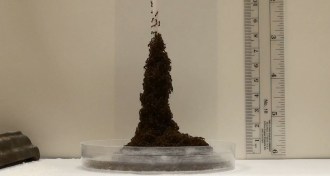 Animals
AnimalsFire ants build towers with three simple rules
Fire ants use the same set of simple rules to produce static rafts and perpetually moving towers.
-
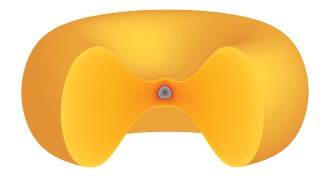 Planetary Science
Planetary ScienceEarth might once have resembled a hot, steamy doughnut
Newly proposed space objects called synestias are large, spinning hunks of mostly vaporized rock. They look like a jelly-filled doughnut.
-
 Health & Medicine
Health & MedicineBaby-led weaning won’t necessarily ward off extra weight
Babies allowed to feed themselves gained similar amounts of weight as babies spoon-fed by caretakers.
-
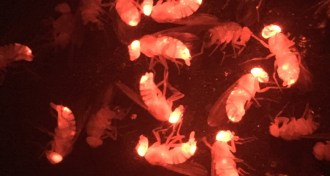 Genetics
GeneticsResistance to CRISPR gene drives may arise easily
New tools for pest and disease control could become useless without improvements.
-
 Physics
PhysicsMajorana fermion detected in a quantum layer cake
Scientists found evidence of a particle that is its own antiparticle.
-
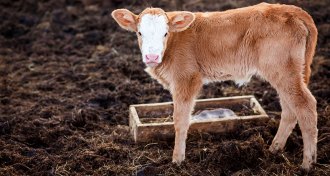 Health & Medicine
Health & MedicineCows produce powerful HIV antibodies
For the first time in any animal, researchers elicit broadly neutralizing antibodies against HIV. Cows’ antibodies could help with drug development.
-
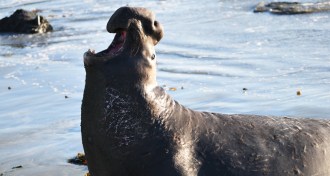 Animals
AnimalsElephant seals recognize rivals by the tempo of their calls
The distinct sputtering-lawnmower sound of a male elephant seal’s call has a tempo that broadcasts his identity to competitors.
-
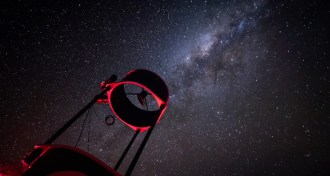 Planetary Science
Planetary ScienceNew Horizons’ next target caught making a star blink
The team behind the spacecraft that visited Pluto has seen its next quarry blocking the light from a distant star.